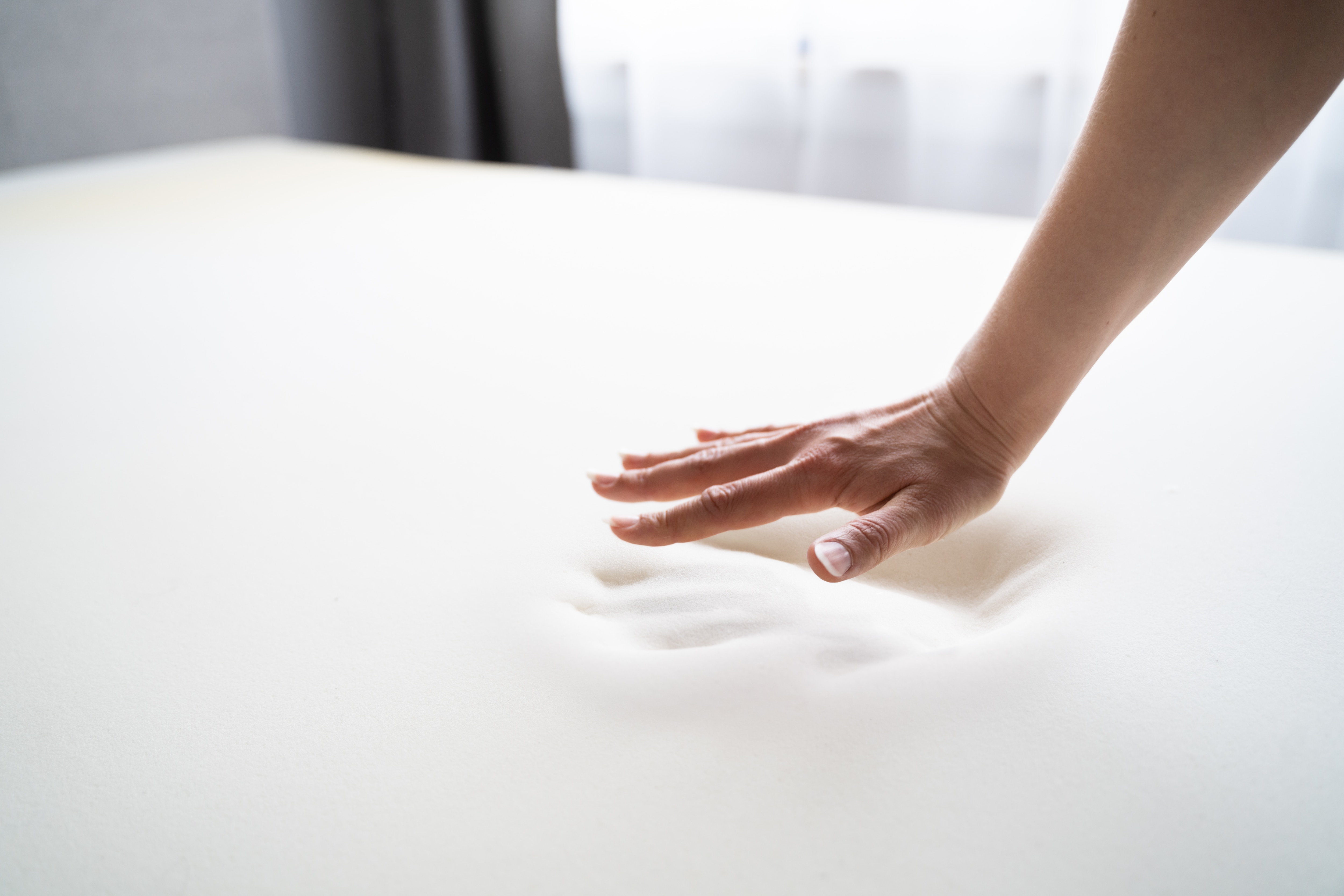
ComfortScience™
What does comfort mean to you?
Everyone needs comfort – it’s fundamental for quality of life and a sense of wellbeing. At Dow, we know that comfort means different things to different people in different contexts – whether they’re enjoying deep, restorative sleep, or simply resting and relaxing.
That’s why we work to understand how people experience comfort. Combining that with our scientific experience and technical know-how, we’ve produced a range of high-quality technologies that address different needs and expectations – so your customers can experience more restful nights and more productive days.
Curious about how we can enhance the comfort experience together? You can join us in our ComfortScience™ Studios – equipped with measuring technologies to evaluate and improve sleep solutions – to collaborate on the comfort that matters to your customers.

Bedding & Pillows
Technologies to improve comfort and achieve deeper, healthier sleep.

Furniture & Seating
Flexible foam products for tailored performance, improved productivity and maximum comfort.

Footwear
Durable footwear solutions that advance material quality and performance.
Our sustainable offering
At Dow, we are committed to advancing a sustainable future for Polyurethanes that are solutions for consumer comfort applications. Working with our customers and partners across the value chain, we are optimizing our technologies to enable benefits such as access to circular and bio-based feedstocks, improved recyclability, resource reduction, and reduced emissions.
Our solutions also meet high standards of safety, including halogen-free options and support for compliance with regulatory standards such as REACH.

Advancing a carbon neutral future for comfort
Our reduced carbon offerings enable a lower carbon footprint for our customers in an comfort application – from pillows to athleisure footwear.
This net carbon reduction is based on responsible sourcing of low-carbon feedstocks as well as Dow’s actions to reduce carbon emissions in the manufacturing process, resulting in lower embedded carbon in our customer’s products.
Would you like to explore how we can advance a low carbon future together?

VORALUX™ Systems
VORALUX™ Polyurethane Systems offer excellent characteristics of durability, comfort, low weight and hygiene.

VORALAST™ Systems
Components that deliver a polyurethane insole system optimal for protection and comfort.

SPECFLEX™ Custom Systems
Flexible foam systems for a wide range of comfort applications, offering superior comfort and best-in-class processing.

Material origins
Our bio-based offerings are a viable alternative to non-renewable materials without compromising on the level of performance that you expect from Dow’s comfort products. A mass balance approach is used to reduce the reliance on non-renewable feedstocks.
Find out how you can reduce your reliance on fossil resource today.

VORALUX™ Systems
VORALUX™ Polyurethane Systems offer excellent characteristics of durability, comfort, low weight and hygiene.

VORALAST™ Systems
Components that deliver a polyurethane insole system optimal for protection and comfort.

SPECFLEX™ Custom Systems
Flexible foam systems for a wide range of comfort applications, offering superior comfort and best-in-class processing.

Closing the loop for comfort
Through advanced or chemical recycling, hard-to-recycle post-consumer and post-industrial waste is transformed into sustainable feedstocks. End-of-life polyurethane products such as mattresses are broken down into their base compounds which can be used to manufacture new products.
This keeps end-of-life material out of the waste stream and reduces the need for non-renewable feedstocks.
Find out how we can collaborate on a circular future for your comfort solutions.

RENUVA™ FF 60
A polyol made from end-of-life polyurethane foam mattresses and contains chemically recycled material from Dow’s Renuva™ mattress recycling program.

SPECFLEX™ Custom Systems
Flexible foam systems for a wide range of comfort applications, offering superior comfort and best-in-class processing.
Creating comfort together
It’s a collaborative mission alongside our customers to develop innovative and sustainable products that are adapted to busy, active lifestyles. We take the time to listen and understand the needs of our customers – and then we support them on every step of the development process to create quality products which surpass their expectations.
What’s new

Case Study: Renuva™ enables circular mattress recycling
Bringing together every touchpoint in the value chain – recycling experts, chemical innovators and foam manufacturers to advance a circular future for mattresses.

News: Mattress recycling a reality with new Renuva™ plant
Old mattresses made of polyurethane foam can now be recovered, dismantled and chemically recycled to create a new polyol, which is a key starting material to produce polyurethane.
We are committed to connecting you with experts and resources to tackle any challenge.

